Tutorials / COMPOSITION, ALL TUTORIALS
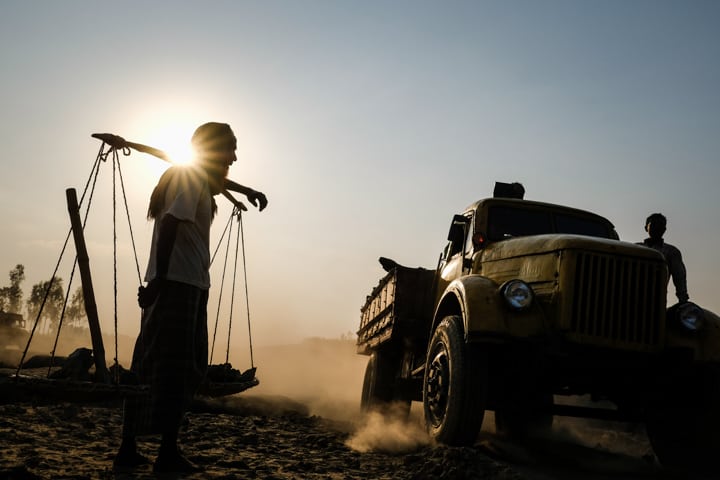
Getting started with composition
When it comes to composition, I hear a lot of photographers complaining about the ‘rules’. Some believe that rules are meant to be broken, others go as far as to say there shouldn’t even be rules. First and foremost, I am a teacher and I wonder how I could possibly teach others without these so-called rules. To me, it's like teaching a young child to speak. You can't just say "go ahead and speak!" and expect results. Rules exist for a reason. For starters, they help people organize concepts and ideas, as well as providing direction and structure. So, how do you go from taking the idea you have, applying what you know and ending up with a great final image? To help others grasp the technique of photography composition, I have structured my view as a set of ideas and suggestions to follow. I hope this helps people to see things in a different light and leads to the creation of more original images.
It’s one of the most common photography beliefs, but a great subject can make any photo interesting. A beautiful model makes a product more attractive, wedding photographers only use the best-looking brides to display on their portfolios, an old man with a face that says “you can’t imagine the things I’ve seen in my life”… All of these subjects are more interesting than your random ‘average’ person.
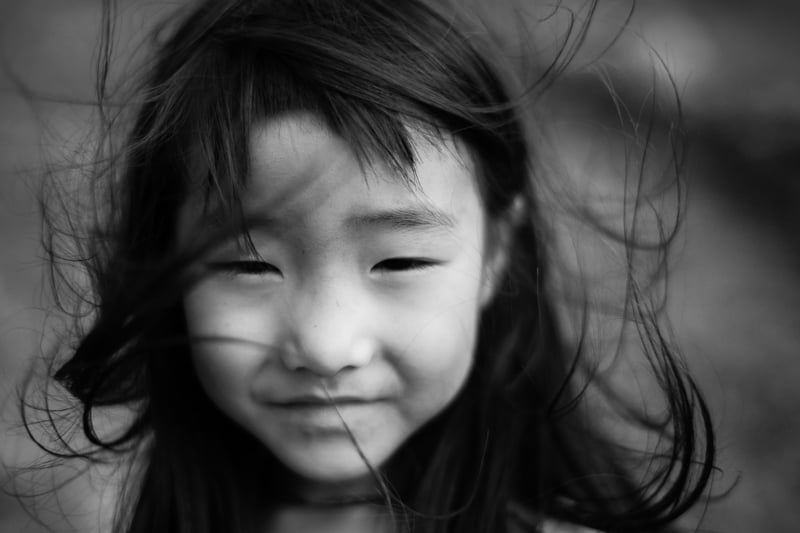
A good subject can tell a story without words and evokes feeling from viewers, causing them to ask questions in order to find out more. People can connect to images if you, as a photographer, can create this sense of intrigue. This is one reason why landscape photography, without a good subject, is often harder to master. Yes, your bathroom is nice, but I’m not sure you’ll get a lot of ‘likes’ if it’s missing a subject or a talking point.
In most cases, the subject is what brings you to a location in the first place. Photographers often find their subject first and then decide to take the photo. But herein lies the problem – travel photography takes photographers to new and exotic locations, so people often get excited about what they are seeing and the subjects they find. They then tend to rush once they have found their subject. They think “there is a good subject… point… click” and unfortunately, that is not enough to create a strong image.
Your subject can often become so important, so interesting and so much the centre of attention that many people forget to look around before taking the shot. This is more often than not a trait of beginner photographers. I have seen many people staring at their subject, running towards it (or in most cases, zooming in – you know who you are) and snapping a photo.
Take the stereotypical old Vietnamese lady with deep wrinkles, shiny black teeth and silk pyjamas. If you take a photo of her at 1 pm in the summer when the sunlight is right above you, I bet that your photo won’t look very good, even though she is a perfect subject.
‘Everything else’ matters so much more than just having a good subject, that it helps to look outside of the subject too. Physically look around for other things, starting with the most important aspect of photography: ‘the Light’.
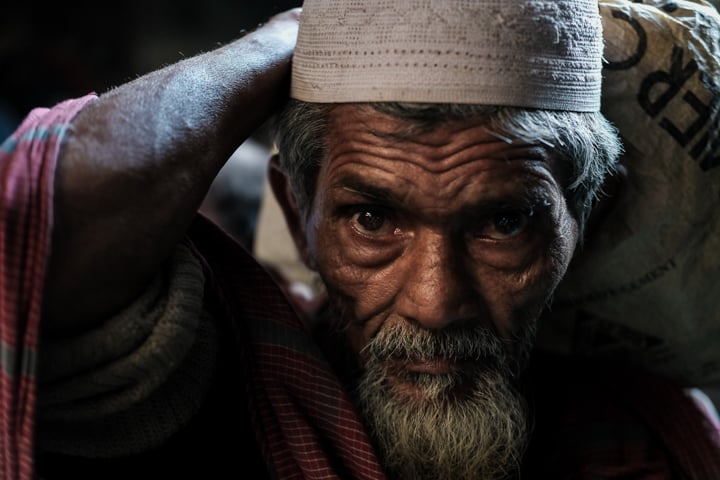
Why did I start running sunrise photography tours in Hoi An many years ago? Believe me, it’s not because I’m a morning person! It’s because the morning light is most precious to me, as it creates the best results for photographs. A soft angled light always works, whereas a harsh light from a Cambodian sun in July will never create a pleasant portrait. So, if you want a good photo, set your alarm for 4.30am tomorrow!
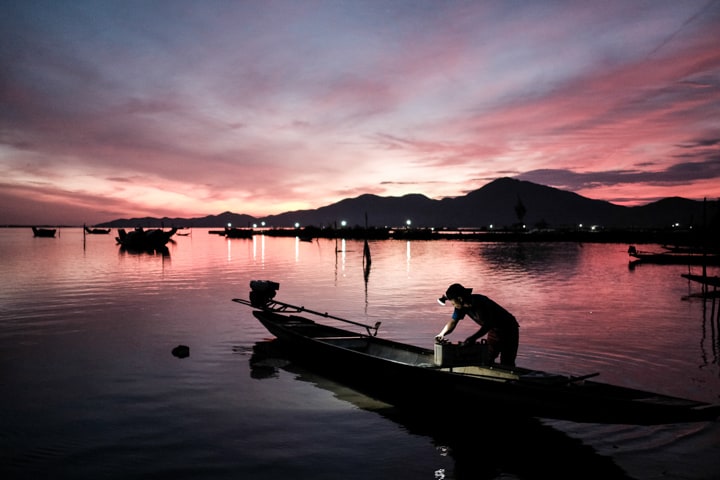
Ideally, you should try to keep the light behind you in order to manipulate the best exposure. If the light is behind you and everything you want to include in the shot is in front of you, it will be correctly exposed. Keeping the light behind you also means you avoid facing the light, unless you are capturing silhouettes, or if you like shooting into the sun!
The best exposure is when you have the balance just right; nothing too dark, nothing too bright. When taking photographs outside, another consideration is the colour of the sky. If the light is in front of you, the sky is white. If the light is behind you, the sky is blue. Which will you choose? Either way, be careful not to capture your shadow in the picture!
If you have great light, you will capture a great photo. It really is as simple as that!
If you can’t get the light behind you, or if there is no direct light (aka a cloudy day), try to avoid having a background which is brighter than your subject. This can cause your subject to appear too dark and the background to become overexposed. In contrast, a darker background can make your subject brighter, which is often very eye-catching.
Once you have found a good light and you have placed yourself in the right spot, it… still isn’t time to look at your subject!
Now, this is the part when things get really interesting, as the background and foreground allow you to create more original compositions. So, to recap, you’ve found your interesting subject, you’ve also analyzed the direction of the light and how best to position yourself to capture the shot. Now what?
It’s time to define the elements you want to include in the background and foreground of your shot. Carefully selecting the elements in your background and foreground will dramatically improve your storytelling. Telling stories is best done through the inclusion of several elements, not just one subject. How many times have you seen a movie with a single actor?
Want to stick to a simple background of the sky? Shoot from the floor. Want to avoid something distracting from the background? Change your angle. You still shouldn’t pay too much attention to your subject at this stage, as you need to define what frames you are going to use first.
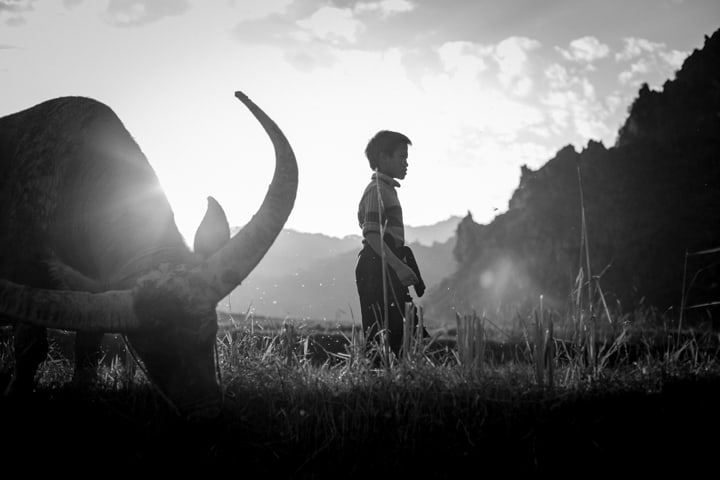
I often write about the importance of proximity. If your photo lacks interest and is boring, it’s probably because you’re too far away. As Robert Capa once said, “If your photographs aren’t good enough, you’re not close enough.“
If your goal is to isolate your subject, getting close is the best way to achieve this, as you are creating a shallower depth of field (the closer you are from your subject, the blurrier the background gets). Getting close also helps in removing unwanted elements from the background and allows you to be more flexible with your angle. It also enables you to get to know your subject better, as you can see how the light hits them, the detail of their clothing, or what it is they’re actually doing. Plus, it will give you a more interesting travel experience, as you will be interacting directly with a different culture. If you are unsure about approaching people, I wrote some top tips here.
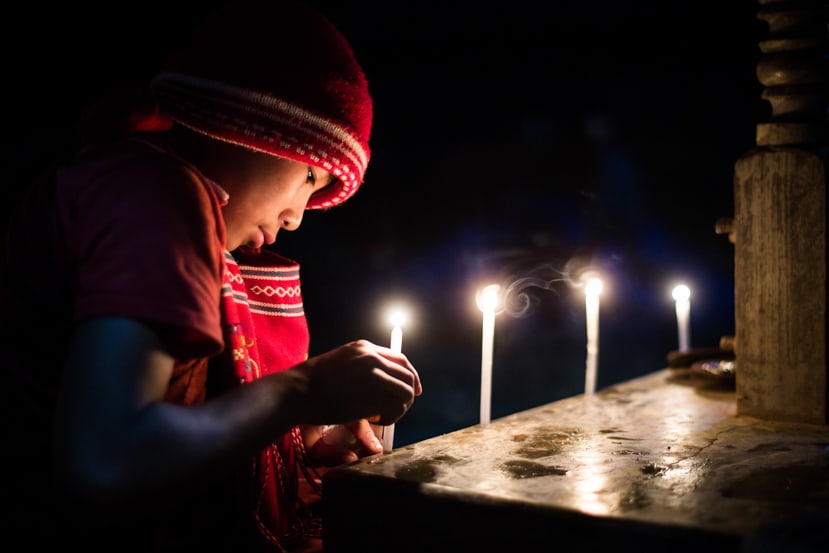
Once you have the light in the right place and the best background/foreground for your composition, you are finally ready to really look at your subject. You can now spend all your time and energy watching, interacting with and trying to understand them and the story behind the photo you will be taking. By now you should have a clear vision of the photo that you are going to take. So, now is the time to apply the “rules” of composition: rule of thirds, leading lines, etc. But only after you have done everything else. All you need now is that final click and capture moment.
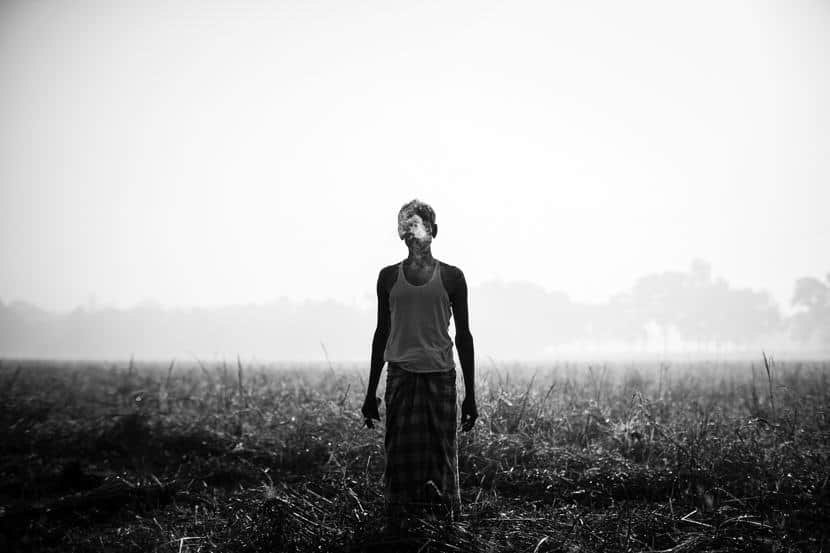
Of course, your subject matters and is one of the most important elements of your story, but if you only look at and focus on your subject, you’ll miss the supporting elements. I hope I’ve helped you to understand that these are often vital to the success of your composition and story.
Whether you wake up at 4.30am or wait for a soft, late afternoon light, you should find your subject, walk slowly towards it/them – keeping the light behind you – before finding an interesting background and foreground. Once you are close to your subject, you can click ‘snap’! I look forward to seeing your photos!


this is a great article…..thanks🌹🌹🌹